Home>Renovation & DIY>Tools & Equipment>What Grit Sandpaper To Use Before Painting
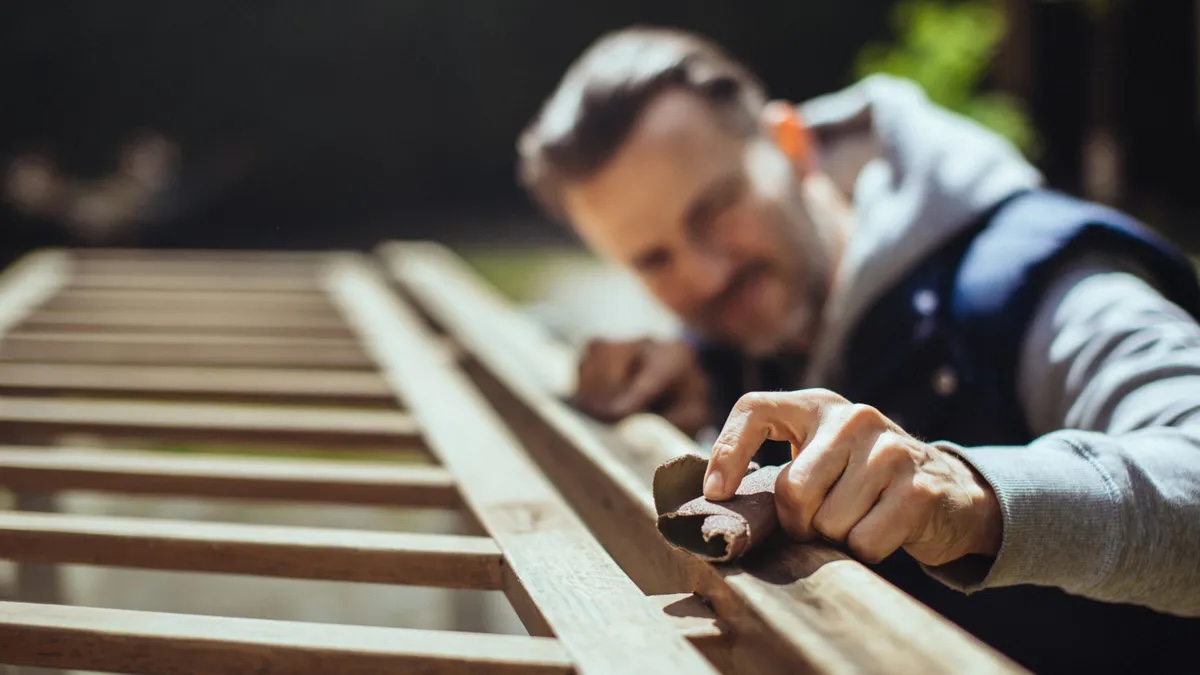

Tools & Equipment
What Grit Sandpaper To Use Before Painting
Published: December 20, 2023
Find the right grit sandpaper to prep your surface for painting with our comprehensive guide. Get tips on using the best tools and equipment for a smooth finish.
(Many of the links in this article redirect to a specific reviewed product. Your purchase of these products through affiliate links helps to generate commission for Storables.com, at no extra cost. Learn more)
Introduction
Understanding Grit Sandpaper
When it comes to achieving a flawless paint job, the importance of surface preparation cannot be overstated. One crucial tool in this process is sandpaper, specifically grit sandpaper. Understanding the different grits and knowing which one to use before painting is essential for achieving a professional finish.
Grit sandpaper is categorized based on the number of abrasive particles per square inch. The higher the grit number, the finer the sandpaper. This means that lower grit sandpapers are more abrasive and are suitable for heavy-duty sanding tasks, such as removing old paint or smoothing rough surfaces. On the other hand, higher grit sandpapers are ideal for finer sanding, such as preparing surfaces for painting or achieving a smooth finish on woodwork.
Choosing the right grit sandpaper can make a significant difference in the outcome of your painting project. Let’s delve into the intricacies of grit sandpaper and explore how to select the appropriate grit for your painting endeavors.
Understanding Grit Sandpaper
Grit sandpaper is available in a range of grit sizes, each serving a specific purpose in the surface preparation process. The grit numbers typically range from 24 (coarse) to 2500 (very fine), offering a wide spectrum of abrasive options suitable for various applications.
Coarse grit sandpaper, with lower grit numbers such as 24 to 100, is designed for heavy material removal. It is commonly used for stripping old paint, smoothing rough surfaces, and shaping wood or metal. The rough texture of coarse grit sandpaper makes it effective for tackling stubborn imperfections and preparing surfaces for more refined sanding.
Medium grit sandpaper, ranging from 120 to 220, strikes a balance between material removal and surface smoothing. This grit range is suitable for preparing surfaces before painting, removing minor imperfections, and smoothing out coarse sandpaper marks. It is an essential intermediate step in achieving a flawless finish.
Fine grit sandpaper, typically falling within the 240 to 1000 range, is ideal for preparing surfaces for painting and achieving a smooth, even texture. This range is commonly used for sanding between coats of paint, smoothing out imperfections in woodwork, and creating a surface conducive to flawless paint adhesion.
Extra fine grit sandpaper, including grit sizes above 1000, is designed for ultra-smooth finishing and polishing. It is often used in woodworking and automotive applications to achieve a mirror-like surface, remove blemishes, and refine the texture of the material.
Understanding the characteristics and applications of different grit sandpapers is crucial for selecting the appropriate abrasive for your specific painting project. By utilizing the right grit sandpaper, you can ensure that the surface is impeccably prepared for the painting process, ultimately leading to a professional and long-lasting finish.
Choosing the Right Grit Sandpaper
When embarking on a painting project, selecting the right grit sandpaper is a pivotal decision that significantly influences the quality of the final finish. The key to choosing the appropriate grit lies in understanding the surface you are working with and the desired outcome of the painting project.
For tasks involving the removal of old paint, rust, or rough imperfections, coarse grit sandpaper with lower grit numbers, such as 24 to 100, is the go-to option. Its aggressive abrasiveness makes it effective for heavy material removal, enabling you to create a smooth and clean surface for the subsequent painting process.
Medium grit sandpaper, falling within the 120 to 220 range, is an essential choice for smoothing surfaces, removing minor imperfections, and preparing the substrate for painting. It strikes a balance between material removal and surface refinement, making it suitable for achieving an optimal base for paint adhesion.
When the goal is to achieve a pristine surface for painting, fine grit sandpaper with grit sizes ranging from 240 to 1000 is the ideal selection. This range is perfect for sanding between coats of paint, smoothing out imperfections in woodwork, and creating a surface conducive to flawless paint application.
For ultra-smooth finishing and polishing, extra fine grit sandpaper with grit sizes above 1000 comes into play. This type of sandpaper is employed to refine the texture of the surface, remove blemishes, and achieve a mirror-like finish, ensuring that the painted surface exudes a professional and flawless appearance.
It’s important to note that the selection of grit sandpaper is not limited to a single type for the entire project. In many cases, a progression from coarse to fine grit sandpaper is necessary to achieve a perfectly prepared surface. This sequential approach allows for the gradual refinement of the surface, ensuring that it is impeccably primed for the painting process.
By comprehending the distinct characteristics and applications of various grit sandpapers, you can make informed decisions when choosing the right abrasive for your painting endeavors. This knowledge empowers you to prepare surfaces effectively, laying the foundation for a stunning and enduring paint finish.
Use 120-150 grit sandpaper to smooth out imperfections and create a good surface for paint adhesion. Sand in the direction of the wood grain for best results.
Preparing the Surface for Painting
Before delving into the painting process, meticulous surface preparation is paramount to ensure a flawless and enduring finish. The use of grit sandpaper plays a pivotal role in this preparatory phase, allowing for the refinement and priming of the surface to optimize paint adhesion and overall aesthetic appeal.
When commencing a painting project, the initial step involves assessing the condition of the surface to be painted. If the surface exhibits old paint, rough imperfections, or uneven textures, it is imperative to employ coarse grit sandpaper with lower grit numbers, typically ranging from 24 to 100. This coarse abrasive is adept at removing old paint, smoothing rough surfaces, and eliminating stubborn imperfections, thereby laying the groundwork for subsequent refinements.
Following the initial coarse sanding, the next phase entails the use of medium grit sandpaper, falling within the 120 to 220 range. This intermediate abrasive is instrumental in further refining the surface, removing minor imperfections, and smoothing out any coarse sandpaper marks left by the previous stage. It sets the stage for achieving a uniformly smooth and pristine canvas for the application of paint.
As the surface approaches the desired level of refinement, fine grit sandpaper becomes the focal point of the preparatory process. With grit sizes ranging from 240 to 1000, fine grit sandpaper is employed to meticulously smooth the surface, eliminate imperfections, and create an optimal texture for paint adhesion. This meticulous sanding ensures that the surface is impeccably prepared to receive the paint, promoting a seamless and professional finish.
For projects necessitating an ultra-smooth and polished surface, the utilization of extra fine grit sandpaper with grit sizes above 1000 becomes indispensable. This final sanding stage is geared towards refining the texture of the surface, removing any remaining blemishes, and achieving a mirror-like finish that serves as the perfect foundation for the application of paint.
By meticulously adhering to this sequential approach of sanding with varying grit sandpapers, you can effectively prepare the surface for painting, setting the stage for a flawless and enduring finish. This methodical process ensures that the paint adheres seamlessly, resulting in a professional and visually captivating outcome that stands the test of time.
Conclusion
In the realm of painting, the significance of surface preparation cannot be overstated. Grit sandpaper serves as a fundamental tool in this preparatory process, enabling the refinement and priming of surfaces to facilitate impeccable paint adhesion and a professional finish.
Understanding the diverse characteristics and applications of grit sandpaper is essential for making informed decisions when selecting the appropriate abrasive for a painting project. Coarse grit sandpaper, with lower grit numbers, is instrumental in removing old paint, smoothing rough surfaces, and eliminating stubborn imperfections, laying the groundwork for subsequent refinements.
Medium grit sandpaper plays a pivotal role in the surface preparation process, striking a balance between material removal and surface smoothing. It is invaluable for removing minor imperfections, smoothing out coarse sandpaper marks, and setting the stage for achieving a uniformly smooth and pristine surface for painting.
Fine grit sandpaper takes center stage in meticulously refining the surface, eliminating imperfections, and creating an optimal texture for paint adhesion. This meticulous sanding ensures that the surface is impeccably prepared to receive the paint, promoting a seamless and professional finish.
For projects necessitating an ultra-smooth and polished surface, the utilization of extra fine grit sandpaper becomes indispensable. This final sanding stage is geared towards refining the texture of the surface, removing any remaining blemishes, and achieving a mirror-like finish that serves as the perfect foundation for the application of paint.
By adhering to a sequential approach of sanding with varying grit sandpapers, the surface is effectively prepared for painting, setting the stage for a flawless and enduring finish. This methodical process ensures that the paint adheres seamlessly, resulting in a professional and visually captivating outcome that stands the test of time.
In essence, the judicious selection and application of grit sandpaper are integral to the success of any painting endeavor. By leveraging the diverse grit options and understanding their respective roles in surface preparation, you can elevate the quality and longevity of your paint finishes, ultimately achieving professional results that leave a lasting impression.
Frequently Asked Questions about What Grit Sandpaper To Use Before Painting
Was this page helpful?
At Storables.com, we guarantee accurate and reliable information. Our content, validated by Expert Board Contributors, is crafted following stringent Editorial Policies. We're committed to providing you with well-researched, expert-backed insights for all your informational needs.
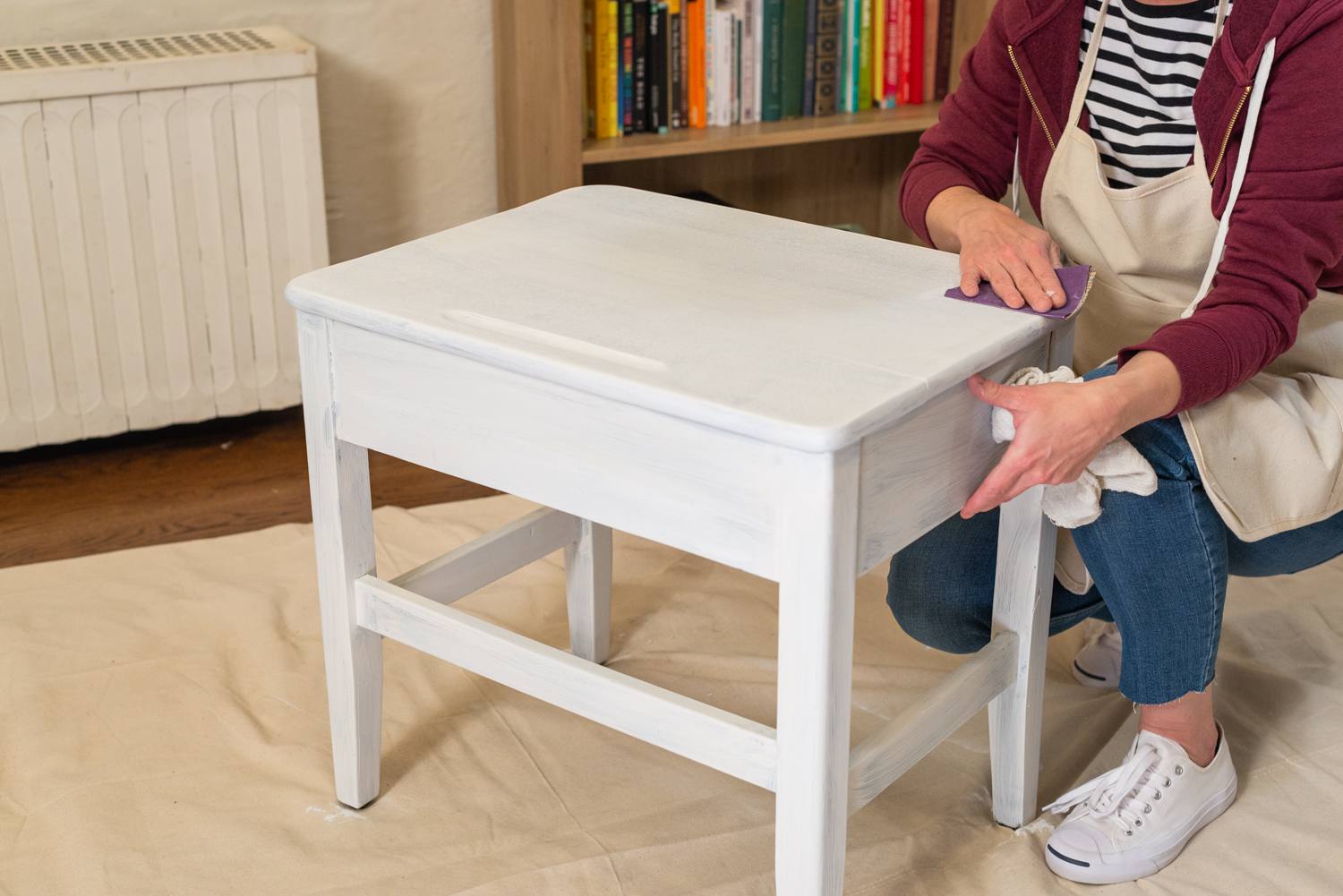
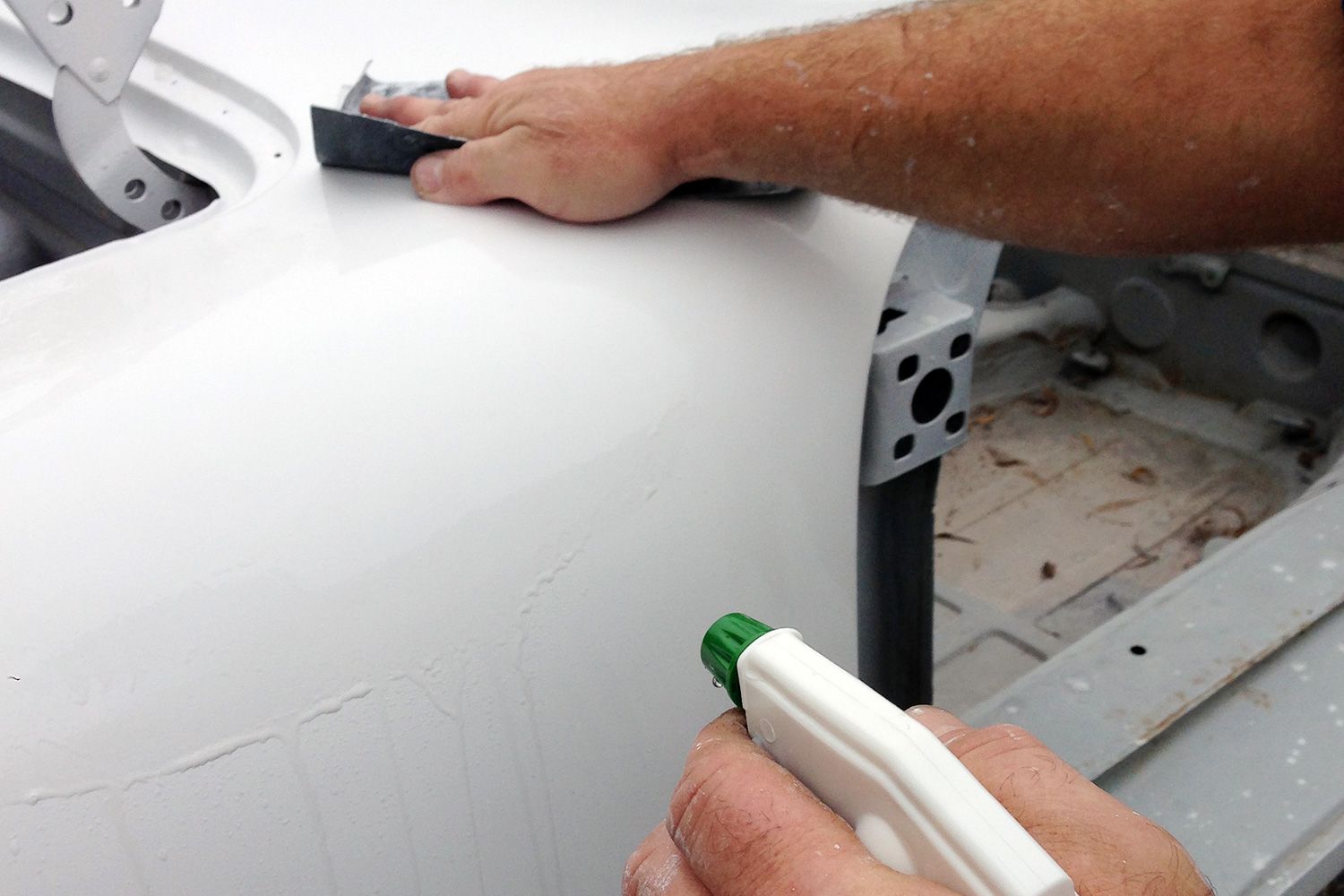
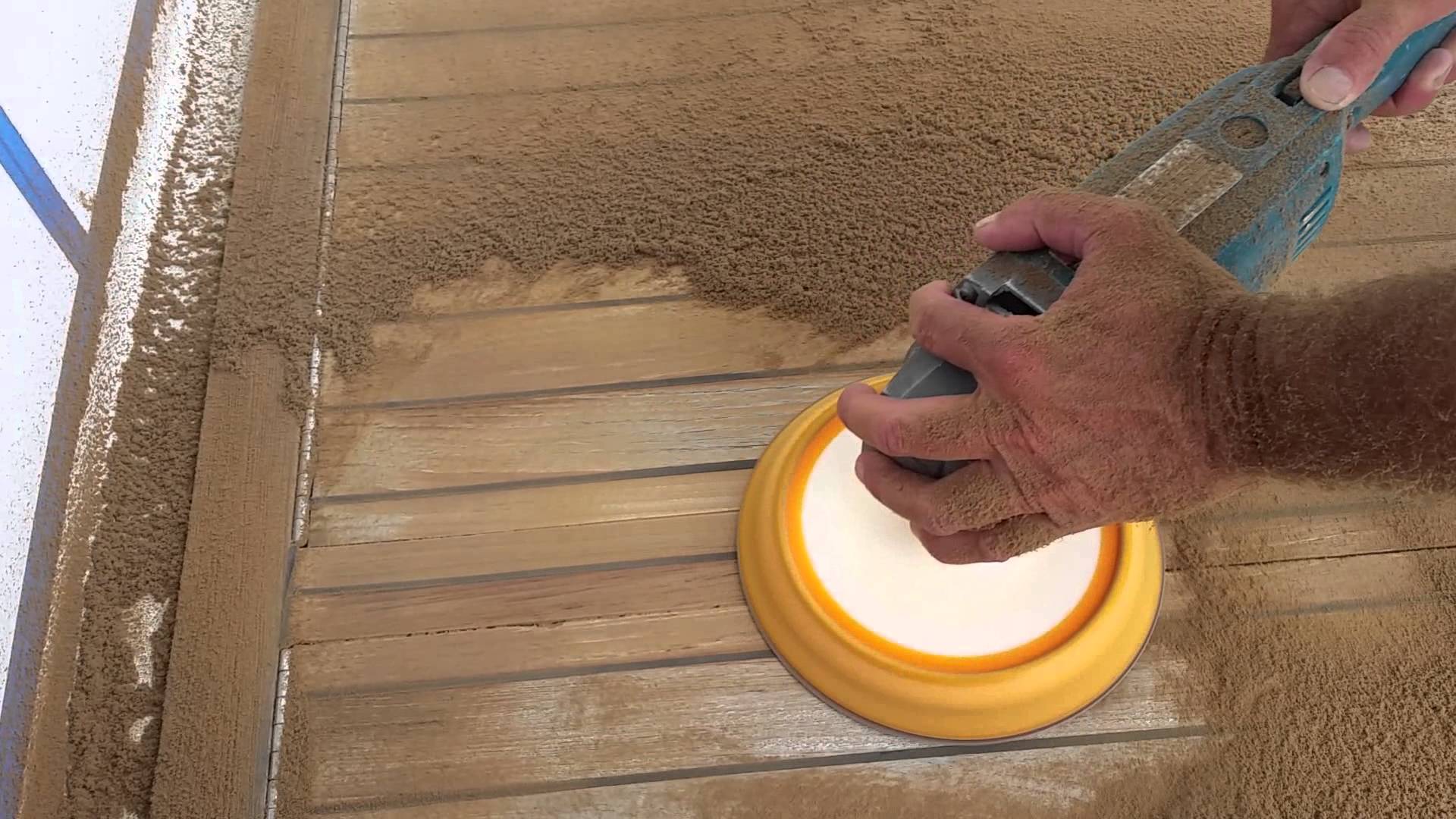
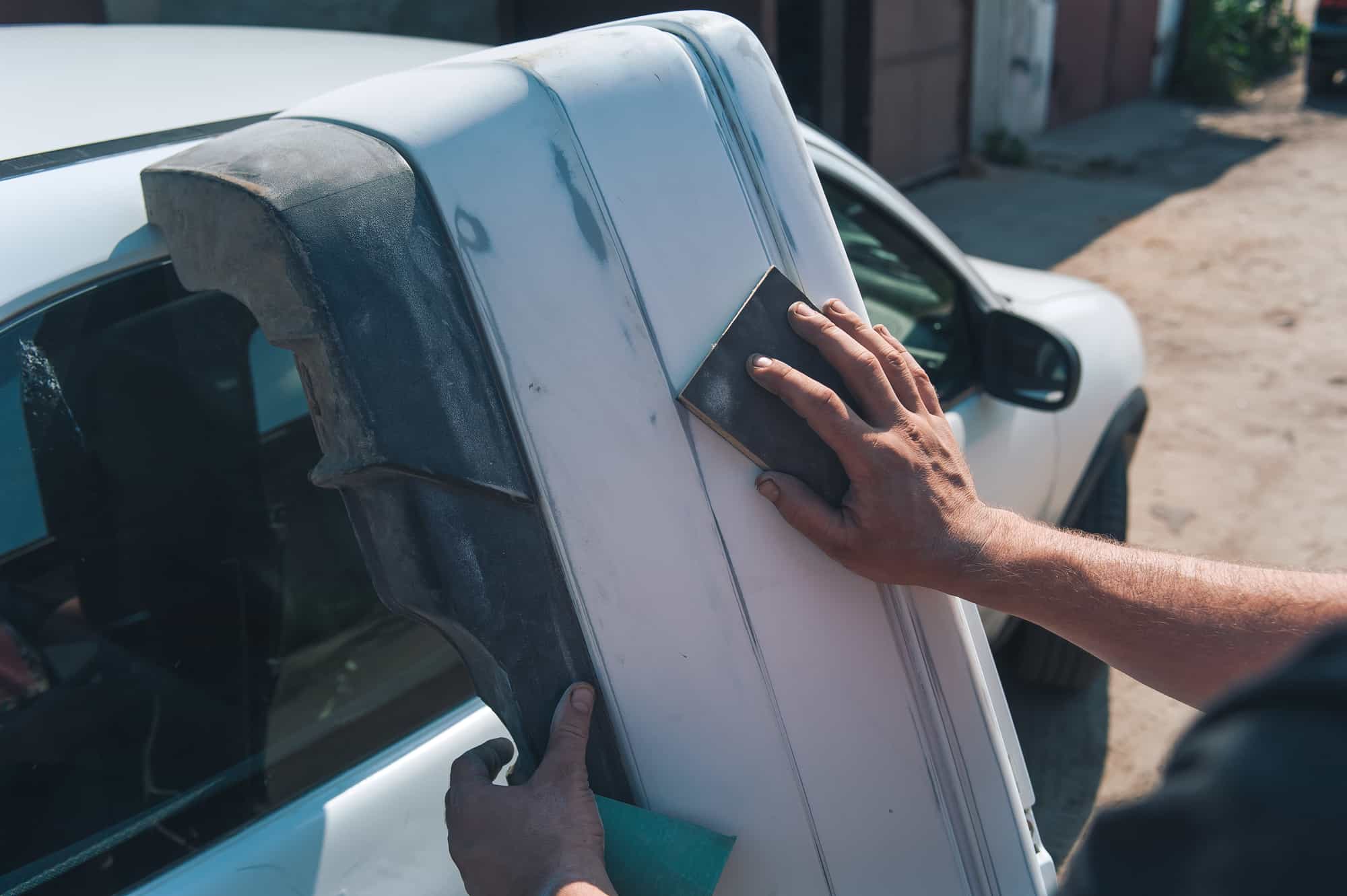
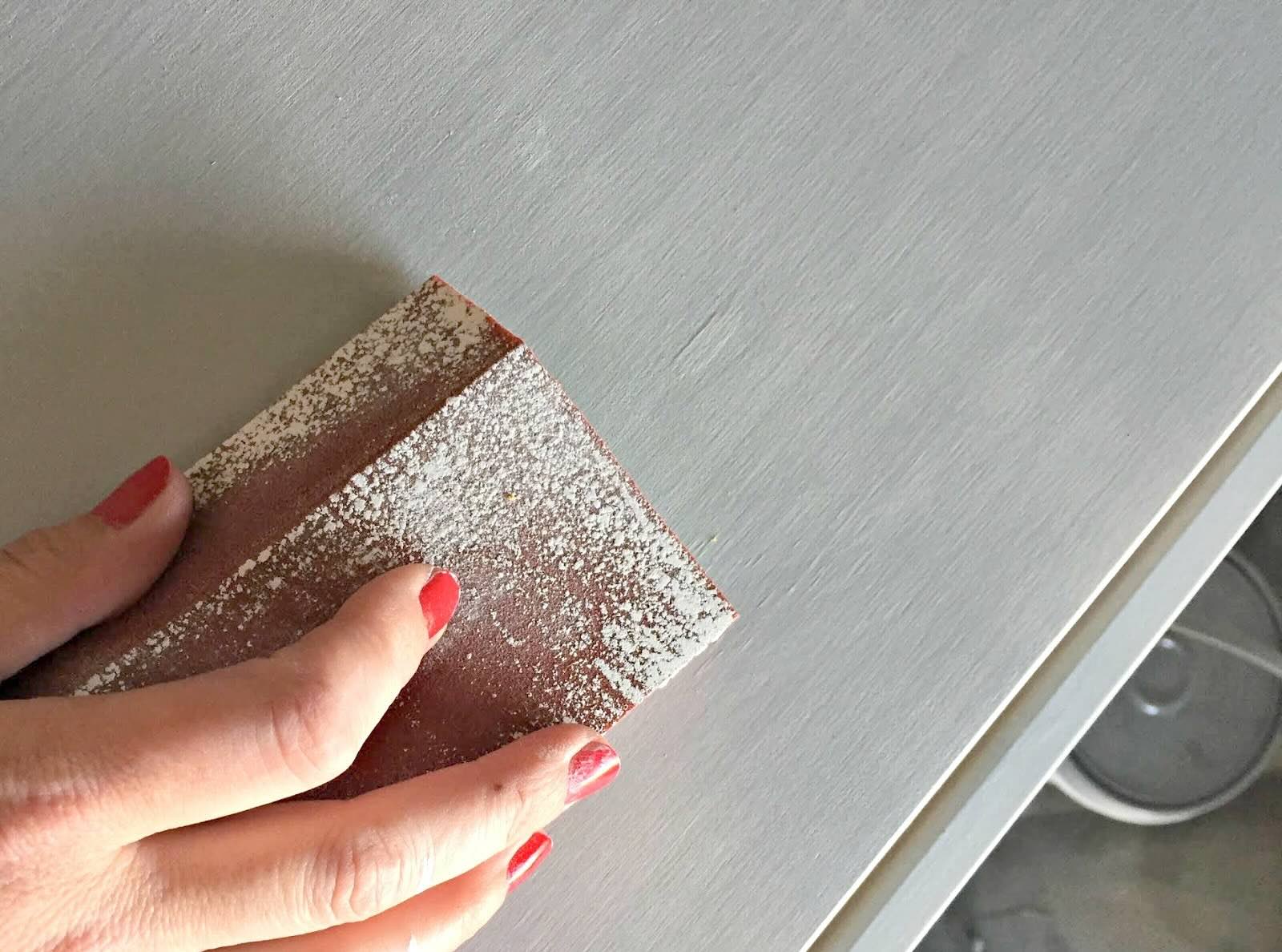
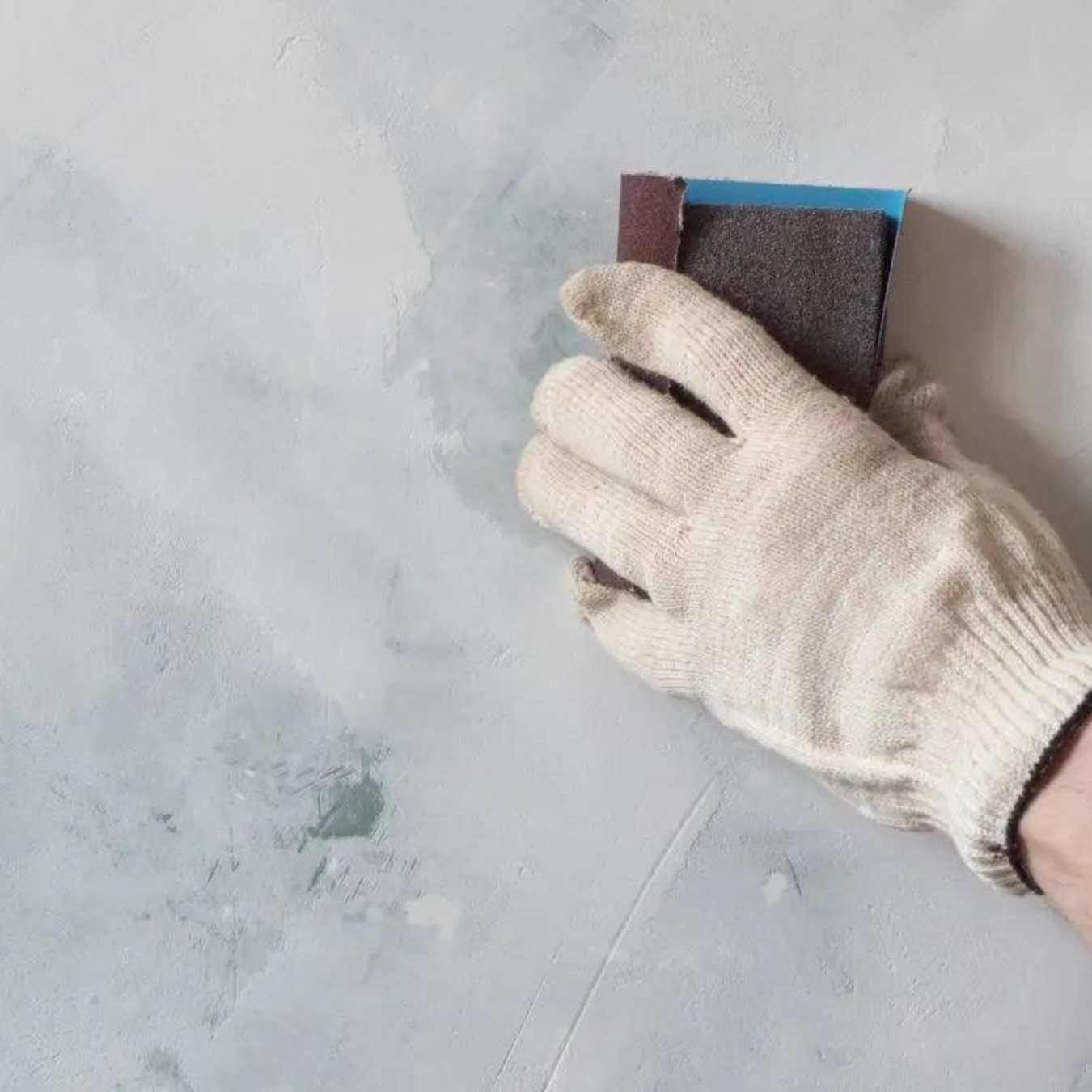
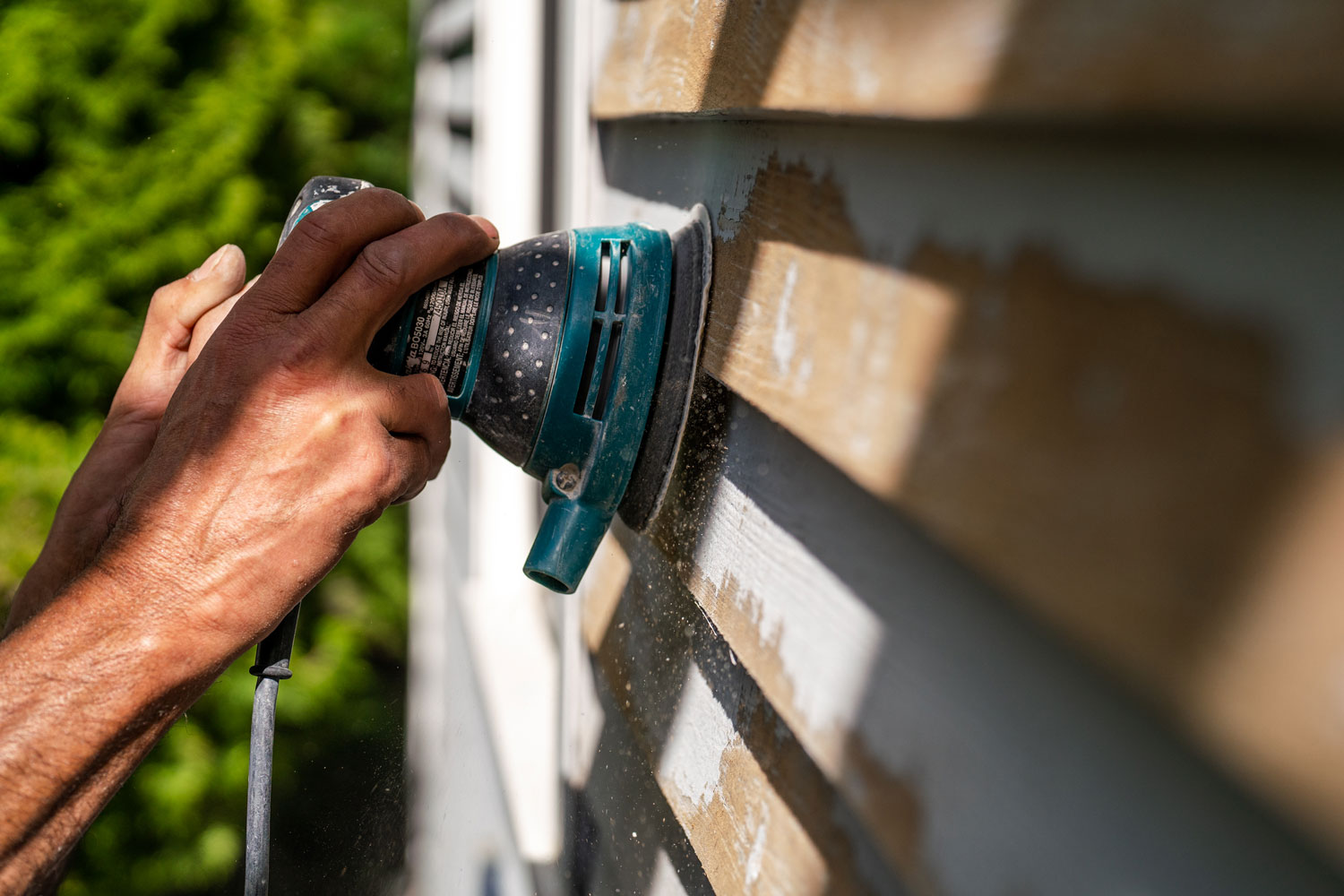
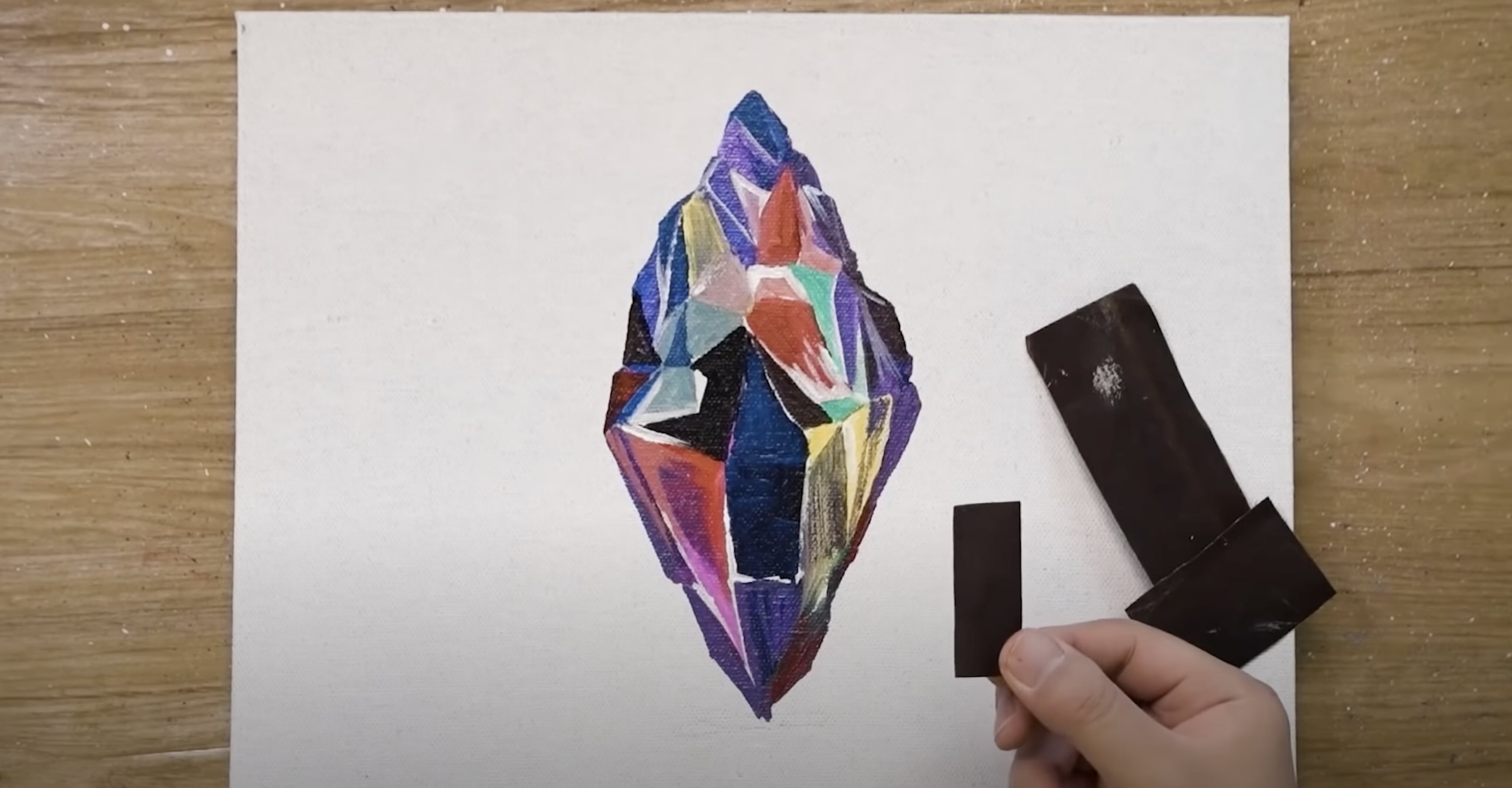
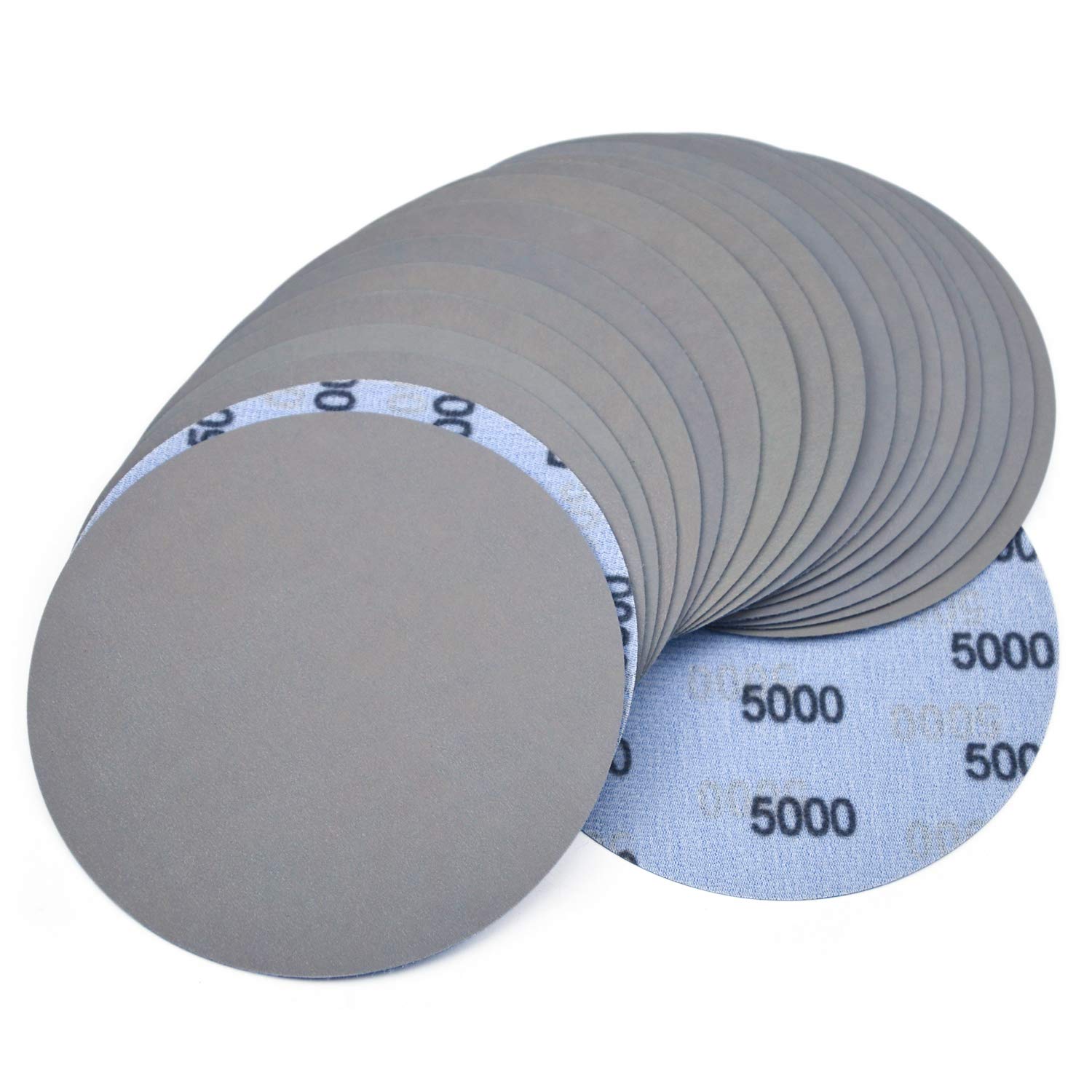
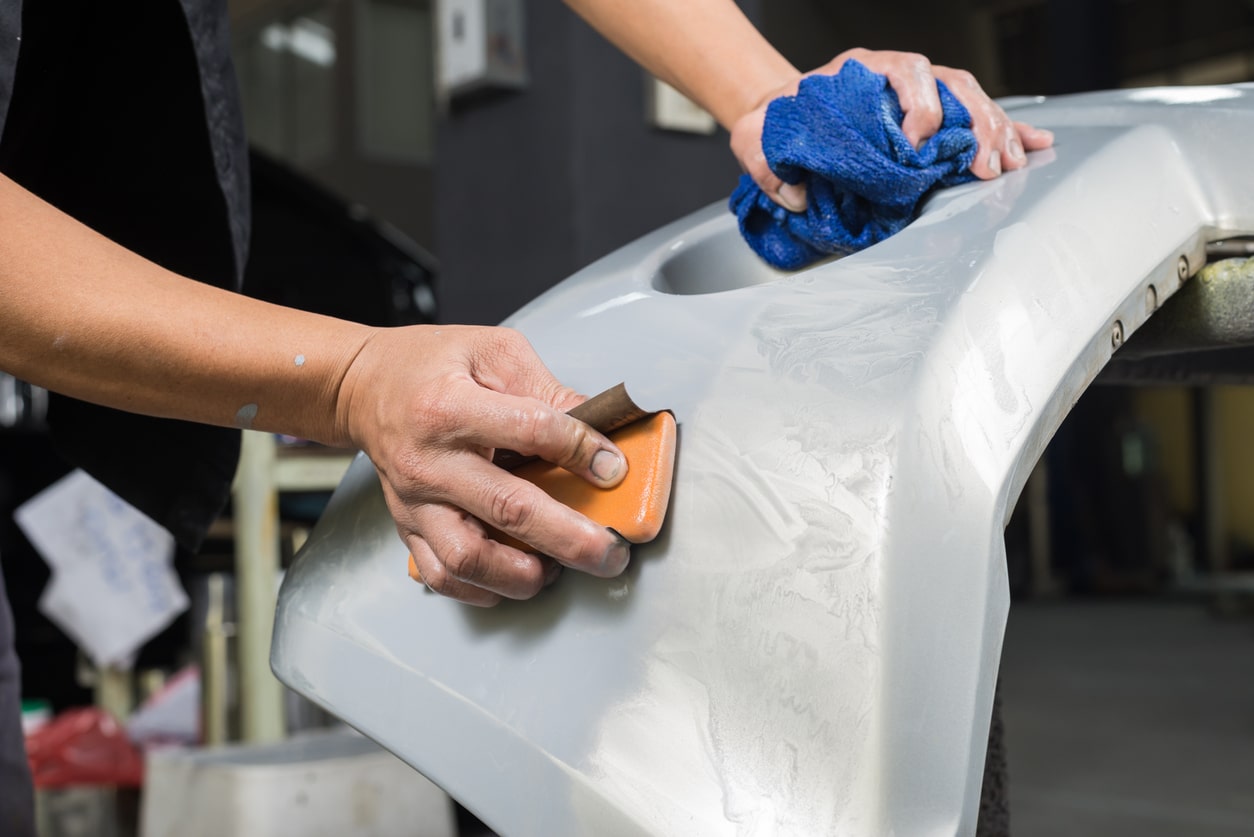
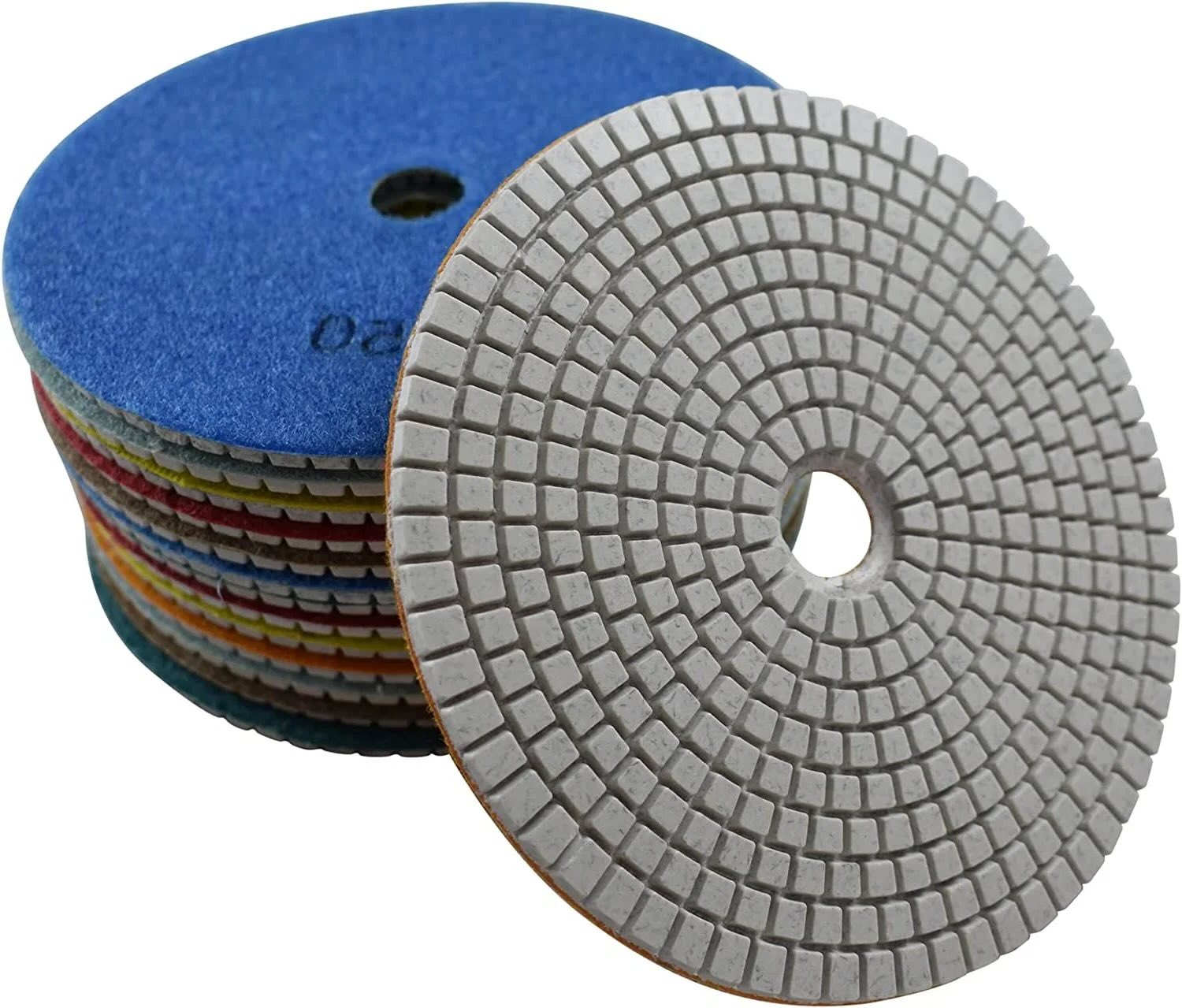
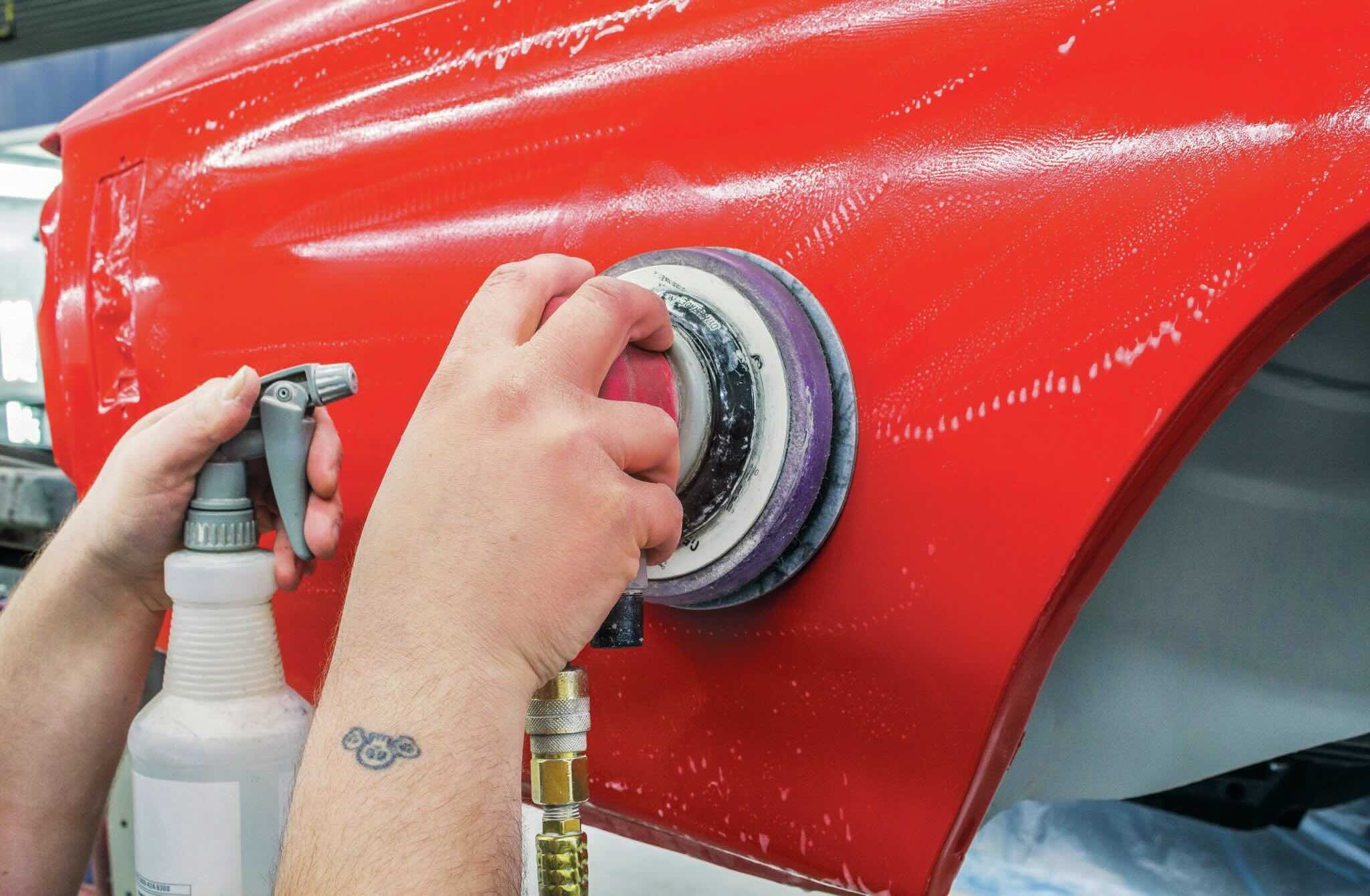
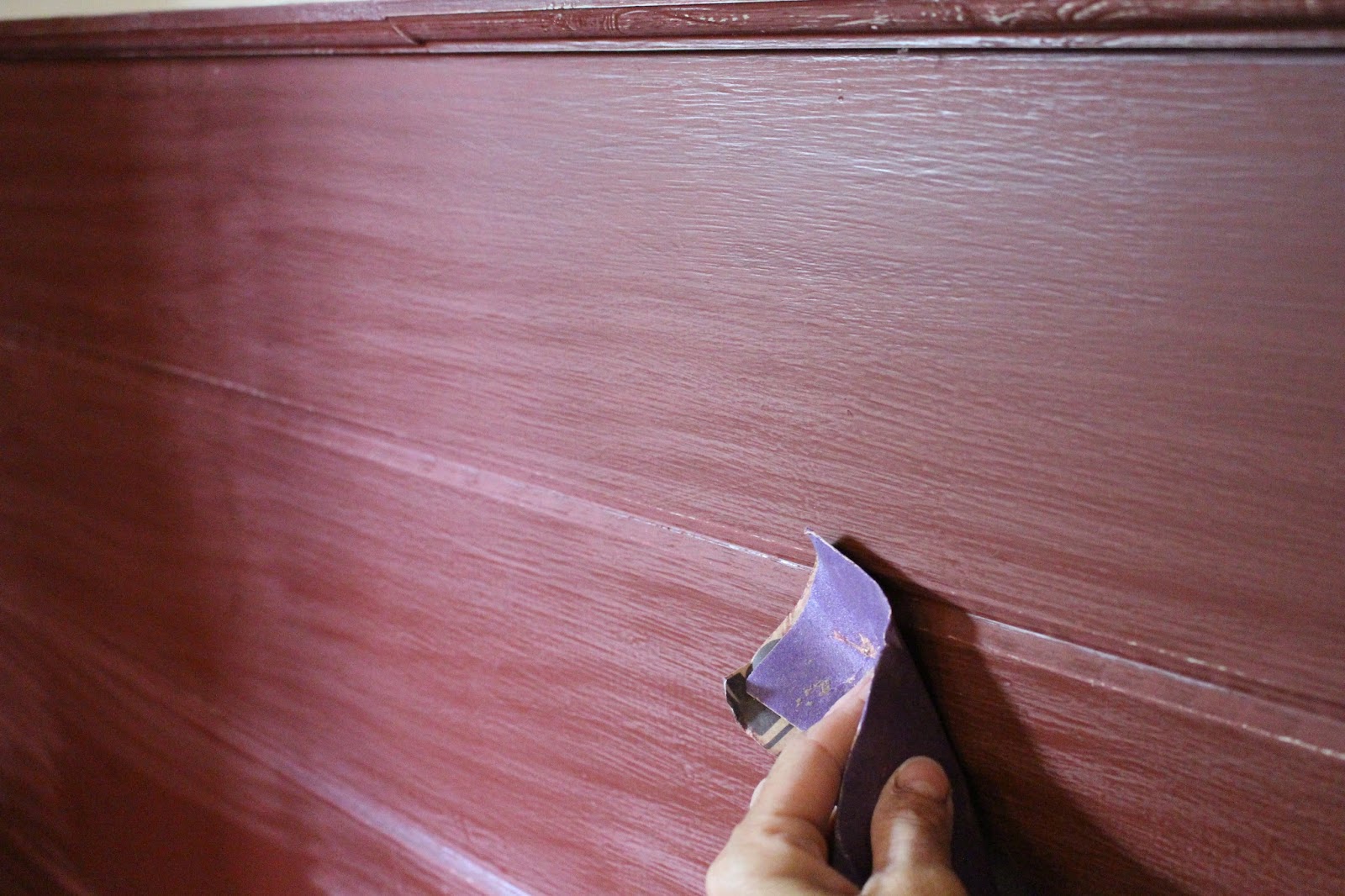
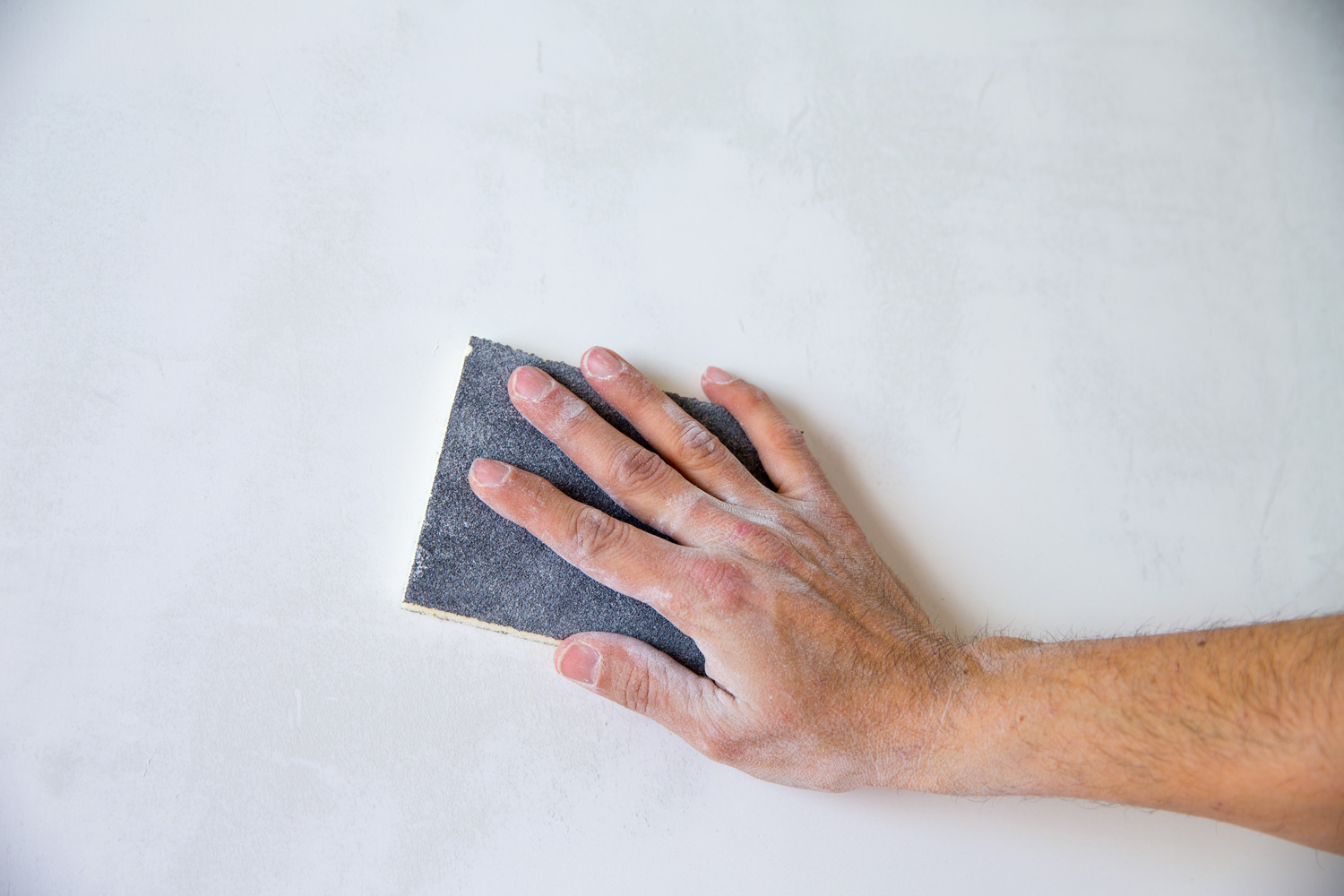
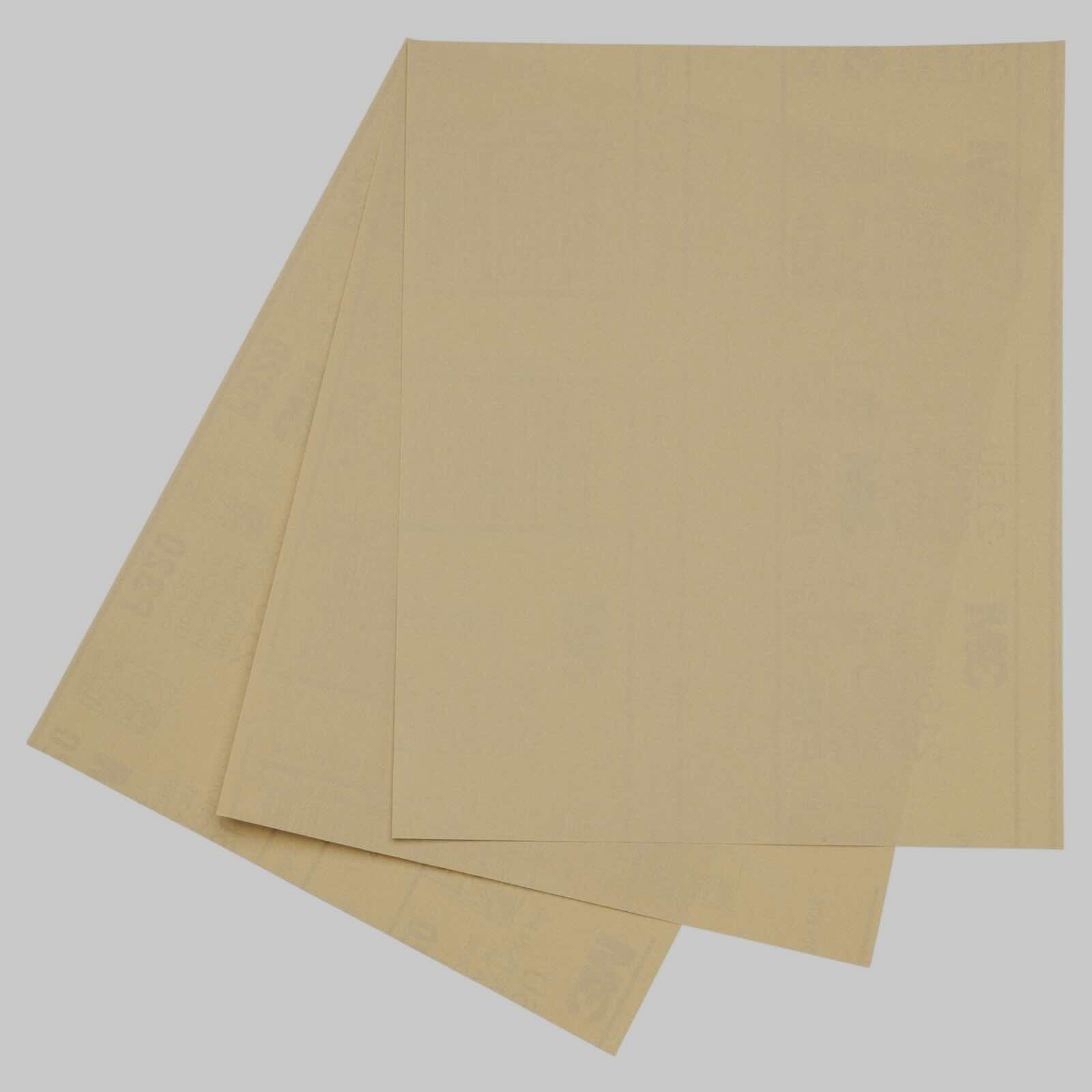

0 thoughts on “What Grit Sandpaper To Use Before Painting”